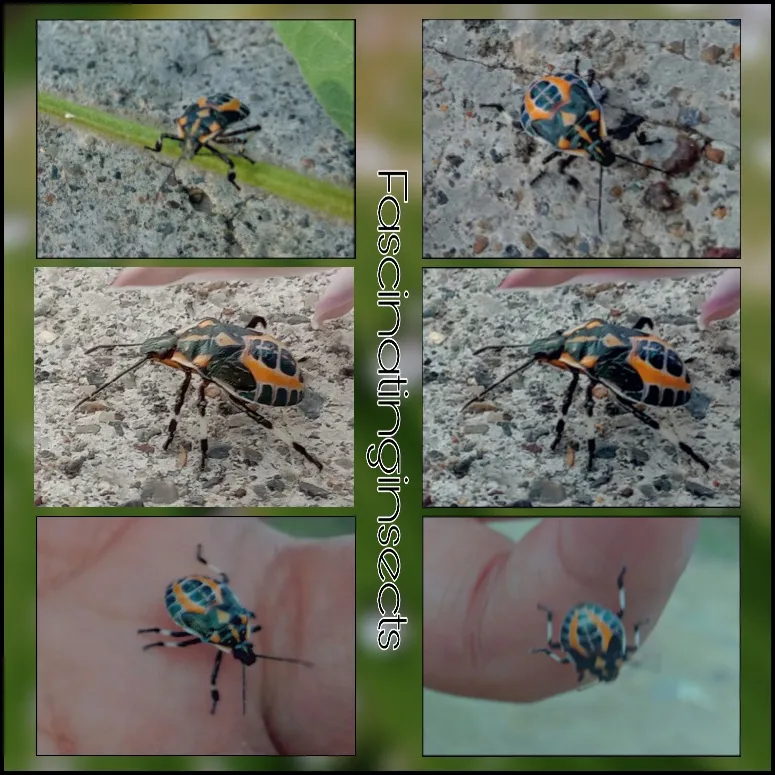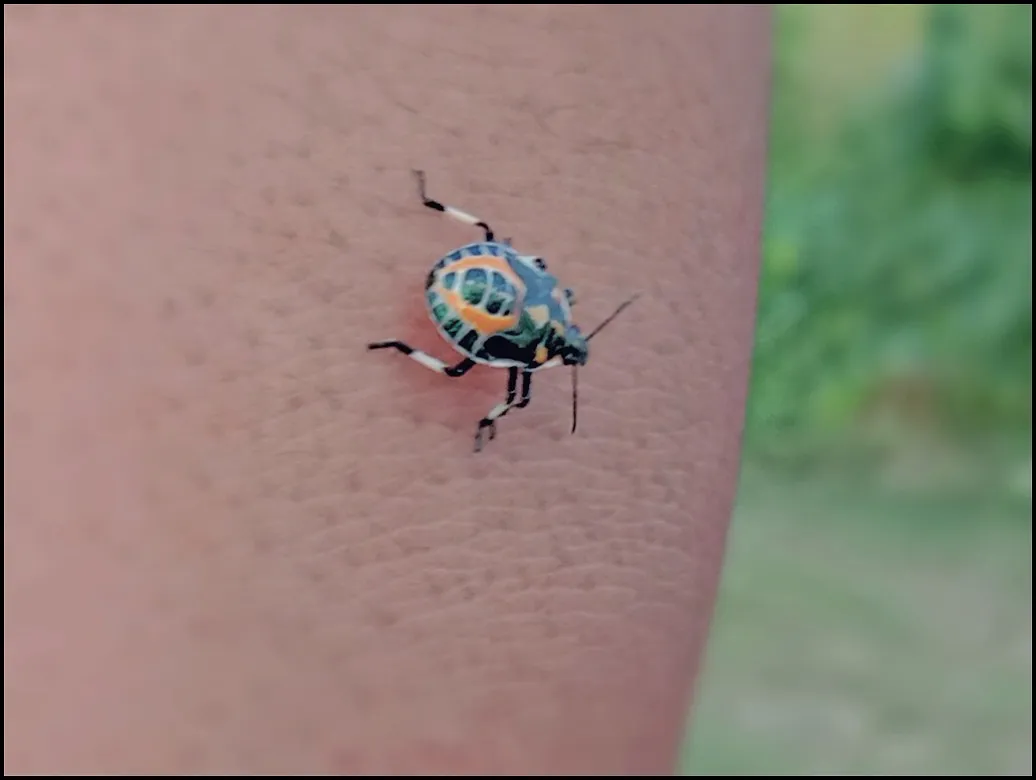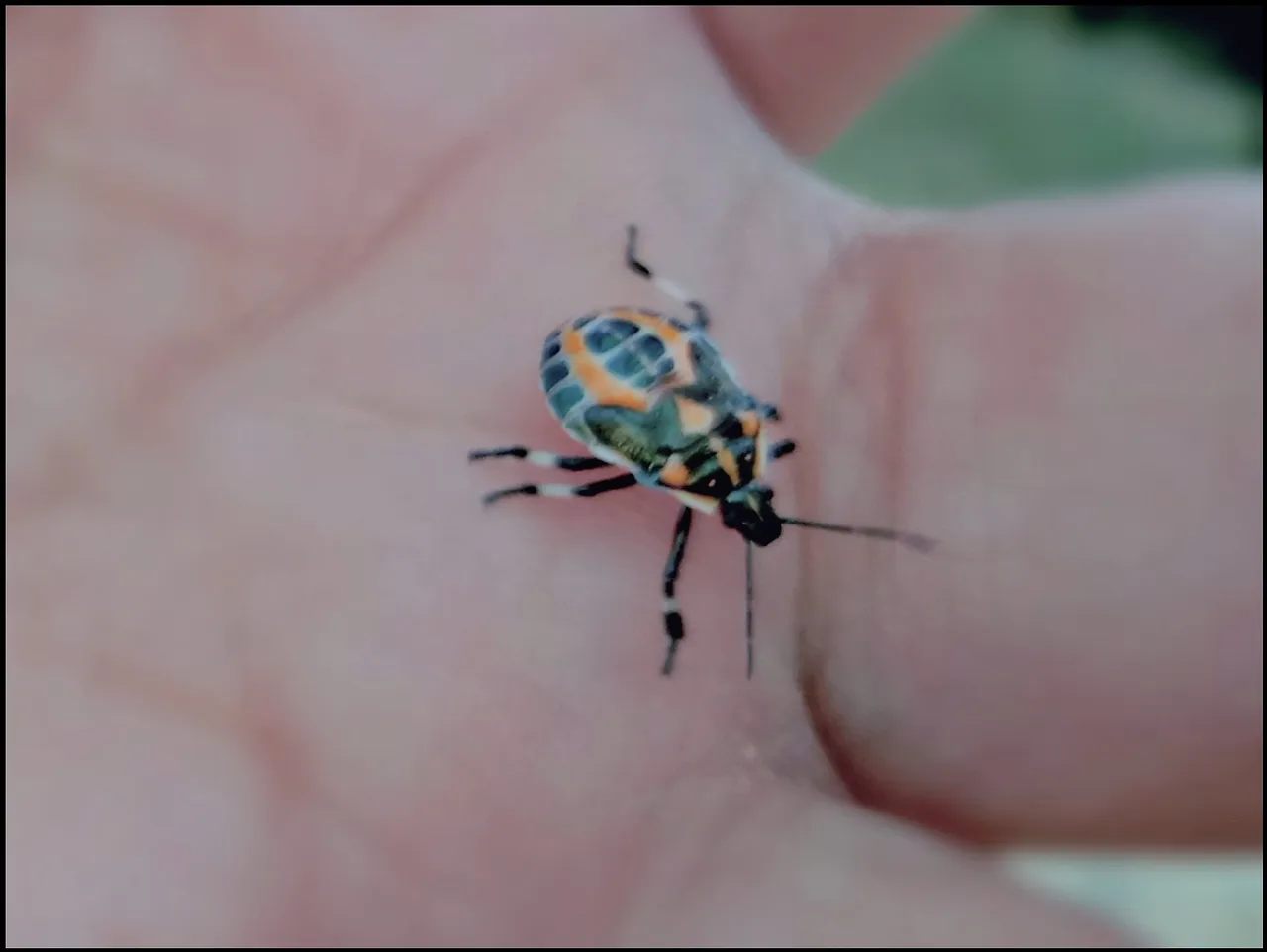Hi everyone's!!!

In the last few months I have encountered this type of insect very often, I think I have met him 3 times, but until now his name is not scientifically known, in this case I have searched for his name on the Google search engine, but the result is no scientific name and his behavior, therefore I personally give his name in non-verbal language which refers to the body shape that resembles one of the aquatic animals, namely a turtle.


Although it is not known for certain scientific information, it is a species that has the characteristics of other flying insects that play and live in any wild plants that grow independently or ornamental plants that are managed by someone.
why!
This is confirmed by several causes or conditions that are visible in his daily life in a certain area or in the area he chooses at each location.
In my opinion, very often he finds him when he is doing his daily activities and the area he lives in and other behaviors he shows in his daily life, as for the locations he likes are:
- On sandy land on each shore
- Breakwater rocks
- Plants that grow on the banks of rivers or the sea
- and some rotten wood which is often washed out of the ocean


As explained above, the name pinned for the time being is the tortoise beetle, this is because the upper body has a shape that is almost the same as the shell of a turtle or the like.
The similar shape is on the back of the beetle's body or back, which resembles a turtle shell. Another thing that matches it is the hard back violence but it will still be destroyed if you are trampled on by a heavy load like being trampled by human feet.
While the lower abdomen also has a hardness like the shape of the upper back, meaning that it will be very free to move when looking for something in the area around other beetle host plants.
However, the lower image of his stomach is very difficult to photograph because he moves very fast and he will always avoid suspicious behavior from human actions that he finds uncomfortable for him.


If caught and put on the human body for example in the hand area or other, then he will continue to move and always run without stopping, the point is that he will always try to find a way out to the ground as his starting location.
This tortoise beetle is an animal or insect that often lives in land areas close to water, and will also eat everything that comes from its nest like other small insects, and sometimes will forage on leaves on green plants that grow near rivers or water.


The very small body size of about 0.4 cm and a width of about 0.25 cm is a species that is easily visible to the human eye especially with its striking colors such as black and red and several other colors that enliven its body.
The striking color found on this beetle's body is one of the interesting things to see, its super active behavior makes it difficult to observe it in detail, so it is very difficult to observe it in receiving accurate information about it.
As for other information obtained in this paper is uncertain, just looking at real situations in everyday life, if there is information that is important to him in his behavior in building his population, maybe in the next few months the team will get accurate information about him in the insect world.


In plain view, what can be seen is that they thrive in coastal areas where there is a lot of chunks of sandy soil, whether it is making nests in chunks or not yet known for sure, but in the eyes of the author himself it is often seen in planting in plant areas on sandy soil.
When he was caught and put in my hand, he looked very busy and he felt he was in an unfamiliar territory, so he tried to run to the starting location on the ground where he found the original location.
It is a very unpleasant behavior for this insect, so it can be concluded that it is a species of insect that is foreign to its environment, its aggressiveness in adapting to a new location is very difficult for it.


Its appearance in our area is a new species in the insect world because in the early or recent years it has not been seen, let alone its presence in inappropriate locations, namely on the sand on the edge or on salt water beaches. In general Beetles often live in every green plant and some other beetles always damage plants, but this species is different from other destructive beetles, because they nest in chunks of soil, while their main food is small insects that are close to their nests, although they are often found in green plants, but fruit plants are very rarely eaten.
Will continue in the next post, after receiving information from the observation team that is being carried out.
To be continue...
Classification of photo & writing
| In the photo with | VIVO Y12 smartphone |
|---|---|
| Photo Settings | Otomatis |
| Camera | Profesional |
| Photografer | @ashaf |
| Themes | Turtle beetle part 3 ✉ |
| Text reference | Personal observasi ✎ |
 |  |

